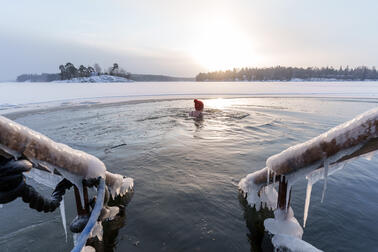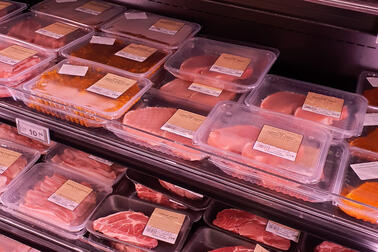
HSY operates two domestic water production plants in the Helsinki area, the Vanhakaupunki water treatment plant and the Pitkäkoski water treatment plant. Domestic water is made from surface water that is sourced from Lake Päijänne. Both plants use the same water treatment process, and the plants also supply water to Espoo, Kauniainen and Vantaa.
The microbiological quality requirements for drinking water were met in all control study samples. The chemical quality requirements were met in all samples with the exception of one sample, in which the nickel content exceeded the target value.
The iron quality target value was exceeded in seven samples, but these do not have adverse health effects. The likely reasons for the high iron quality target values were low flow rates and precipitation in the pipelines. The microbiological quality targets were exceeded in six samples. Nine coliform bacteria were detected in one sample and the heterotrophic colony count was higher in five samples. No bacteria were detected in the repeat samples that were taken. Samples taken from taps in properties do not always demonstrate the quality of the domestic water supply.
The quality of the domestic water supplied by HSY is monitored on a weekly basis by determining microbiological and chemical parameters from the samples. In 2023, a total of 356 samples were taken from the domestic water delivered to Helsinki, of which 11 were also examined for heavy metals, among other things. In addition, 12 samples were taken from the water leaving the treatment plants, which were tested for nitrite content. 18 samples were taken from the raw water, which were tested for arsenic and pesticides, among other things. In addition, 18 repeat samples were taken to verify the quality of drinking water.
In disturbances, we cooperated with the treatment plants and the situations were appropriately handled by HSY. In disturbance situations, the quality of the water was ensured with additional sampling, when necessary.


